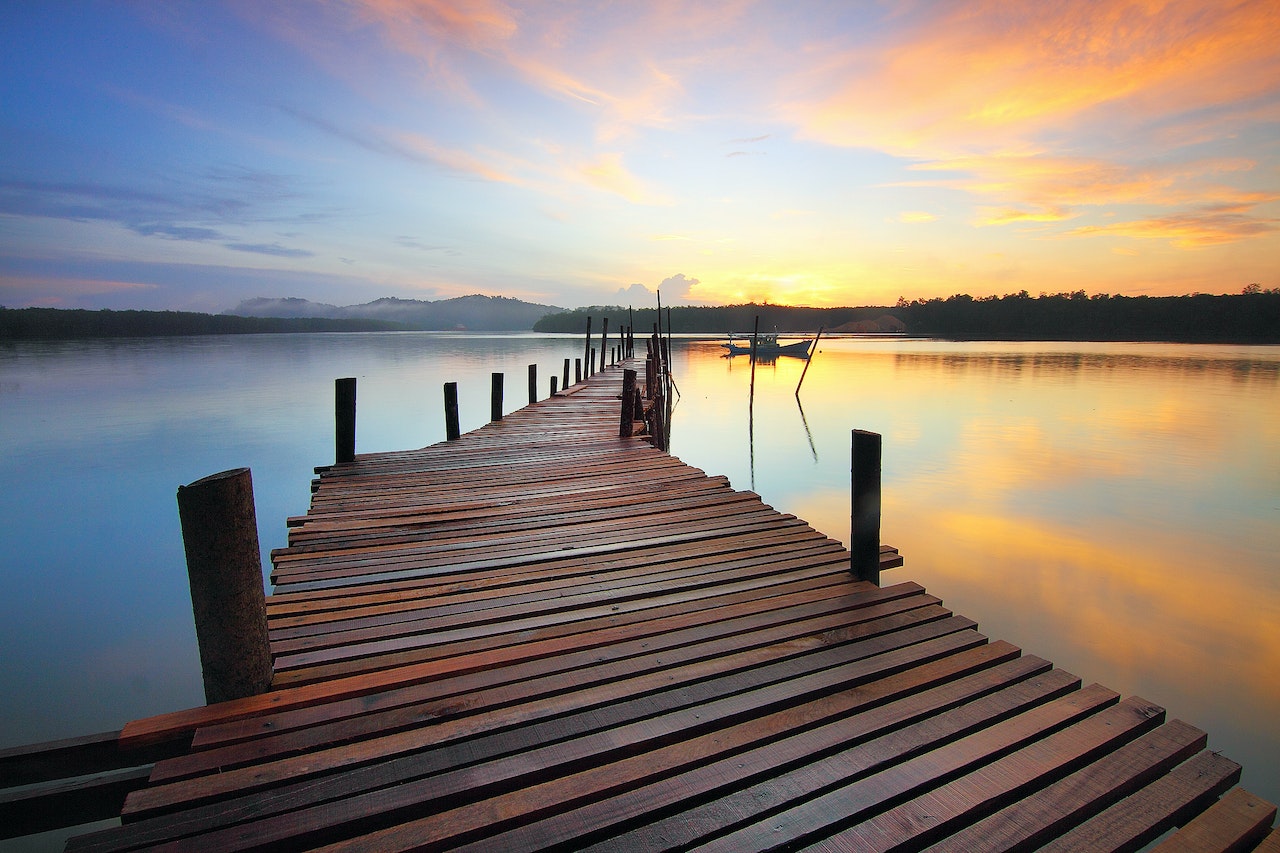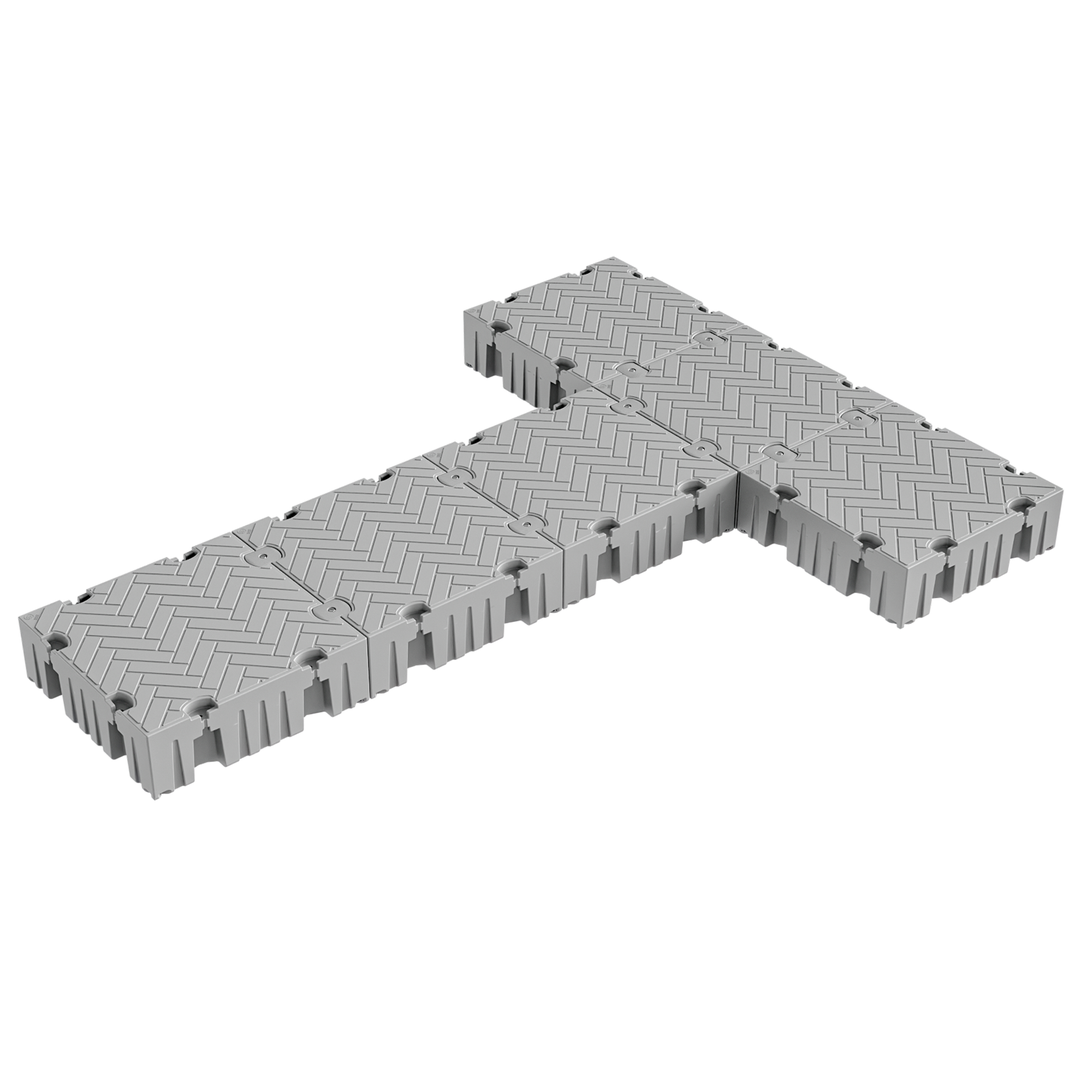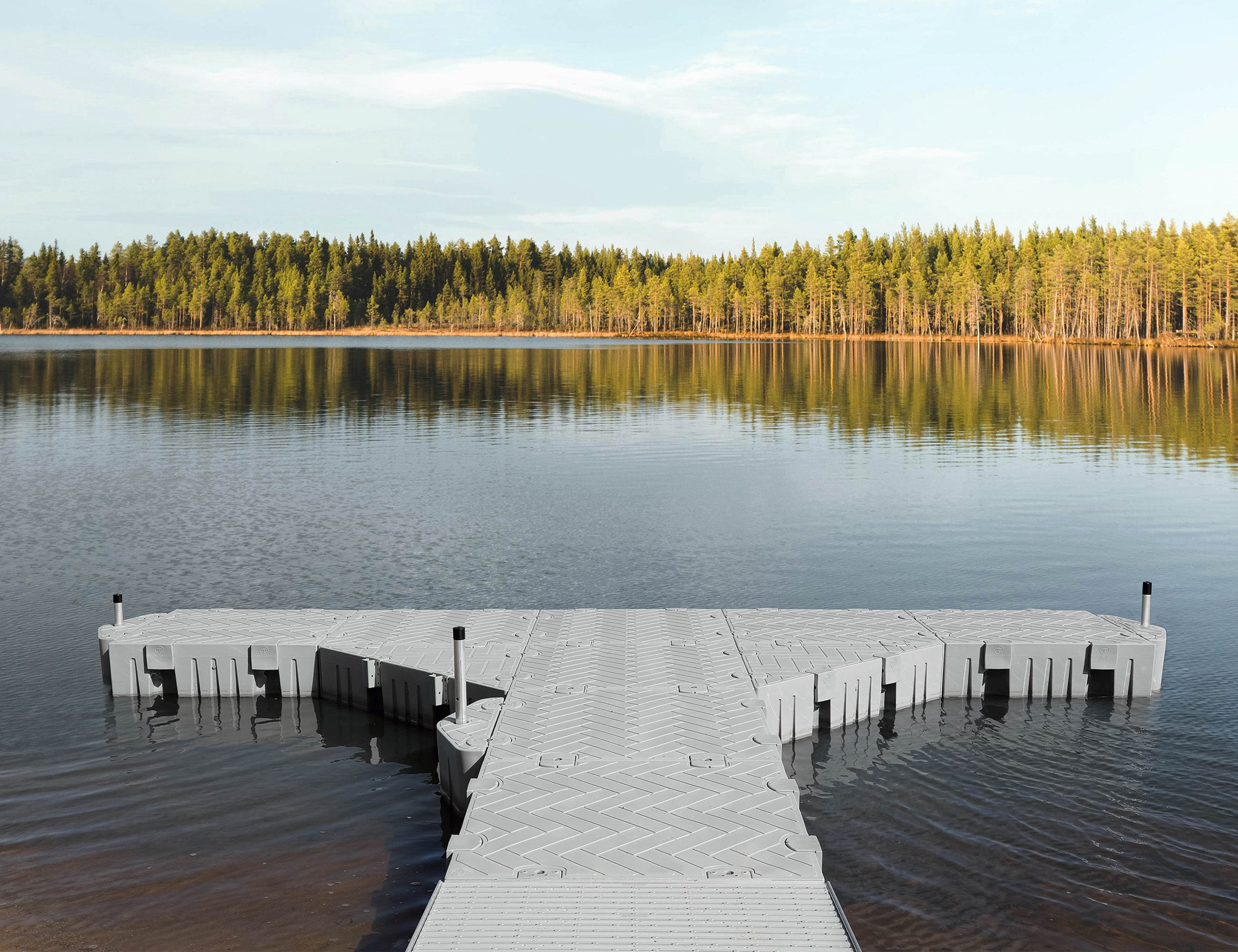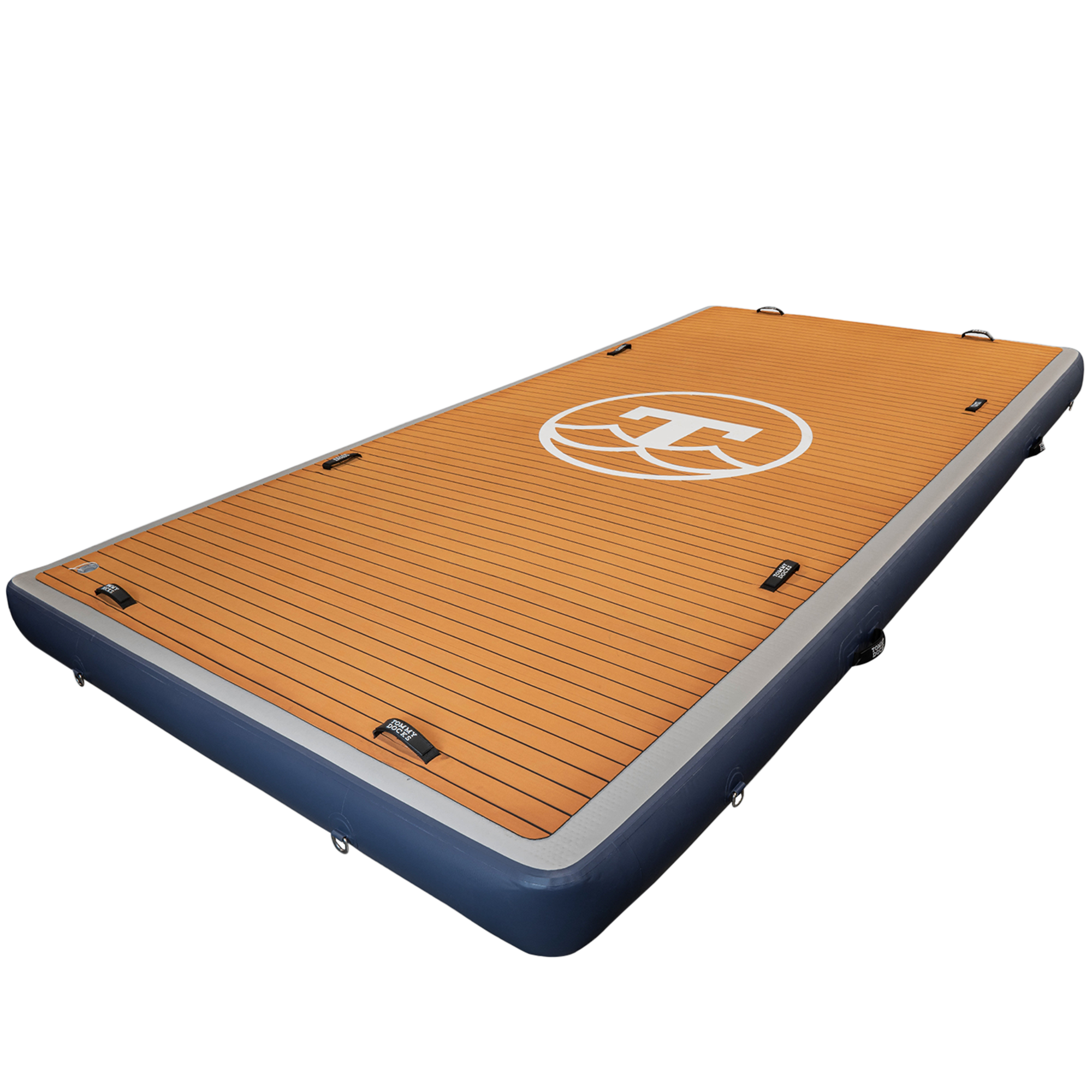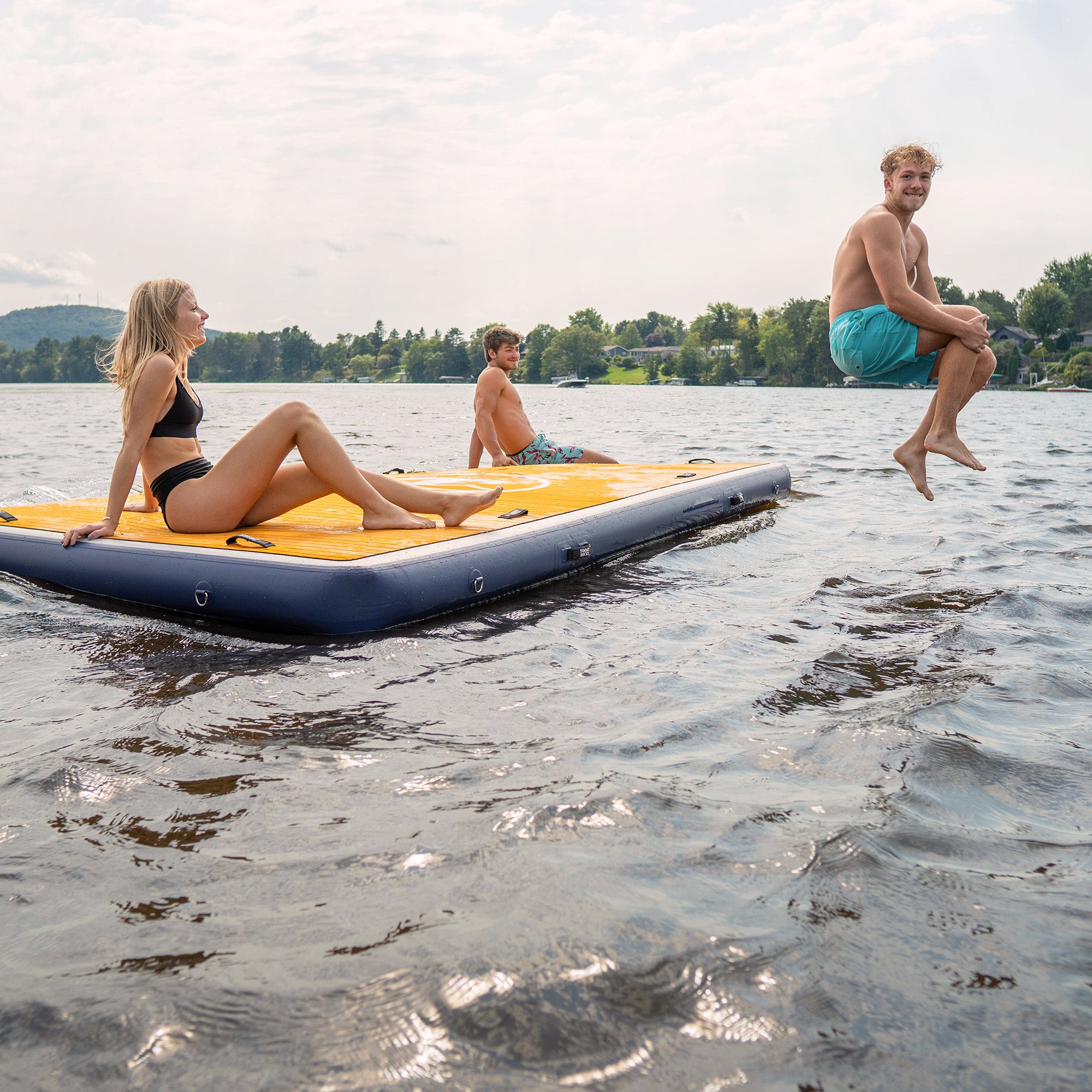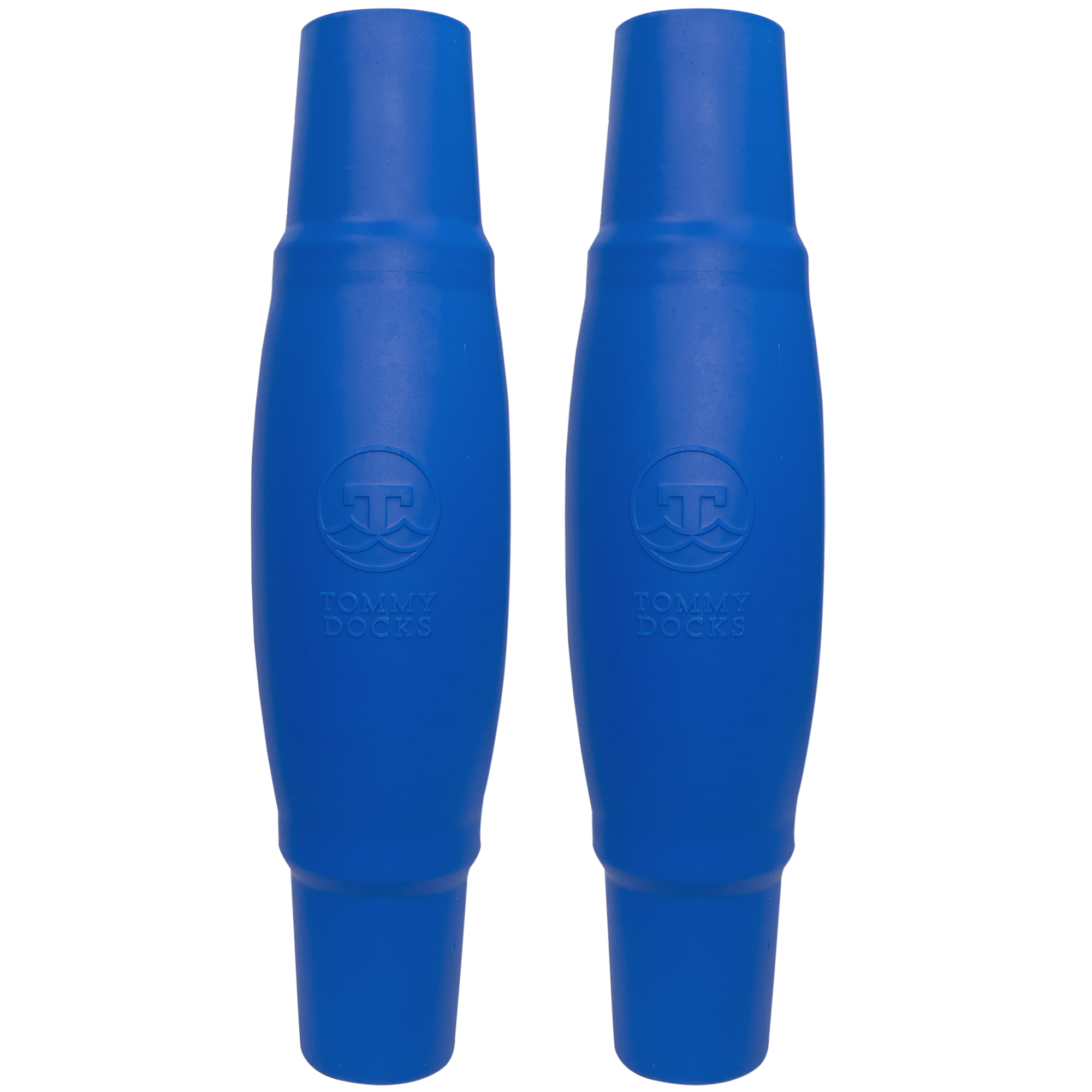If you own property right off the water, installing a dock is an easy decision. Docks are incredibly convenient for having a launching point for your boats and other watercraft, and they provide a great hangout spot for your friends and family.
The cost of building a dock, though, depends on several factors. Docks can vary from simple, straightforward designs that cost a few grand to extravagant structures that can be very expensive. How you construct your dock depends on your skill with building and experience, the type of shoreline and lake bottom you have — and your budget.
We will look at what you can consider as you explore how much it will cost to build your dock.
How Handy Are You, Really?
Before deciding how to build your dock, you should take a serious look at your abilities and experience with construction. A DIY boat dock kit is a great way to save money if you are proficient, have an agreeable shoreline and water depth, and have a few afternoons to spare.
There are some excellent complete boat dock packages that you can install on the shoreline and basically drop into place. Tommy Docks has a variety of DIY dock kits and complete boat dock packages that make building your own dock a lot easier.
If you are not the type of person who likes to undertake projects, it may be best to hire a professional licensed dock installer. However, you will have to pay more for the labor costs, and they may not have the same care as you would as they are on a deadline.
The bottom line: building your own boat dock will save you money on your project.
How Deep is The Lake, And What is The Bottom Like?
How your shoreline is laid out and the composition of the bottom of the lake can also determine if you can install the dock yourself or if you need professional help.
The universal rule for lake bottoms is that you will barely have any issues if it’s sandy and flat. However, in case the depth ranges by just a few feet from the shoreline to where the end of the dock is, that is ok, too -- most docks are made with built-in adjustability.
If your lake bottom is rocky and the lake's depth from the shoreline to the end of the dock varies more than a few feet, you might be better off with an experienced and licensed dock installer.
Calculating the depth of the lake accurately will be the most challenging task.
Most lakes are drawn down and refilled from time to time, depending on the season and the needs of the area. Therefore, you will need a dock that can adjust for these varying depths. In these cases, it would be wise to consider a floating dock or one you can move farther out or closer in, depending on the conditions.
You can speak with your neighbors who have docks for help or experienced local builders.
The bottom line: complicated shores potentially make for more expensive projects
What Are The Types of Docks And Regulations You Need To Follow?
It’s time to consider what kind of dock is best for your property.
These are the most common types of docks:
- Floating Docks- Floating docks are anchored to your shoreline and supported by floating units called pontoons. They are easy to buy, install, and put together, and they rise and fall with the lake level. If your lake freezes, you will find it easy to remove the dock. These would be the cheapest.
Each state has regulations concerning residential or commercial docks, so you would be wise to review these before deciding what kind of dock is good for you.
The bottom line: the type of dock and size of the dock you choose make up the majority of the price.

